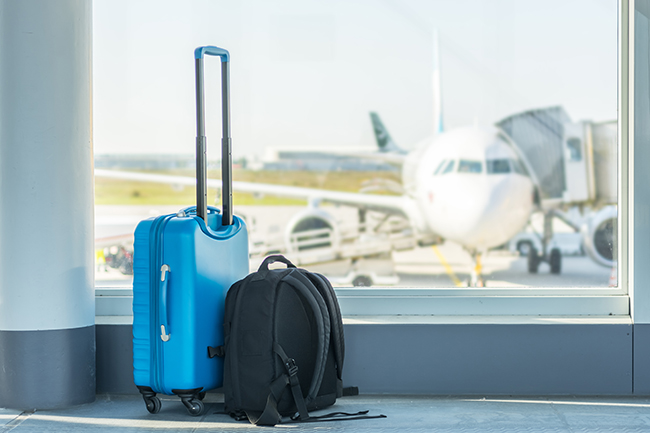Much talk has been generated in the last decade about US border security. Since the terrorist attacks of September 11, 2001, America’s border security has come under black cock shock, both by the US government and by the public at large. This reassessment of America’s border security lead, at least in part, to the development of the Western Hemisphere Travel Initiative. This initiative ensures that US passport holders and citizens in general have a measure of assurance when it comes to border security.
The Western Hemisphere Travel Initiative is a cooperative effort between the United States, Canada, Mexico, Bermuda and the Caribbean Region. The agreement creates uniform expectations when it comes to crossing borders. It applies to every border crossing location in every country involved.
The Western Hemisphere Travel Initiative was developed in response to the Intelligence Reform and Terrorism Prevention Act of 2004. It sets forth regulations regarding acceptable and required forms of identification for travelers crossing borders in the Western Hemisphere. Since its inception it has been implemented in stages, according to type of travel (air, sea, land.) The latest regulations came into effect on January 31, 2008. Current regulations state that air travel over borders can only be undertaken with a valid US passport. Land and sea travelers must either present a valid US passport, or a valid form of government picture identification, plus proof of citizenship in the form of a birth certificate or naturalization certificate. The list of approved forms of picture identification includes:
* A driver’s license.
* Trusted traveler cards, like NEXUS, SENTRI or FAST cards.
* Enhanced tribal card.
* US Military ID.
* Native American Tribal Photo Identification card.
* Form I-872 American Indian card.
The final stage of the Western Hemisphere Travel Initiative will take effect on June 1, 2009. All travel by air, and most travel by sea and land will require a US passport. Border agencies at land crossings will still be able to accept some limited forms of other documentation in lieu of a US passport. These are known as WHTI-compliant identification, and include legal government photo identification plus proof of citizenship.



